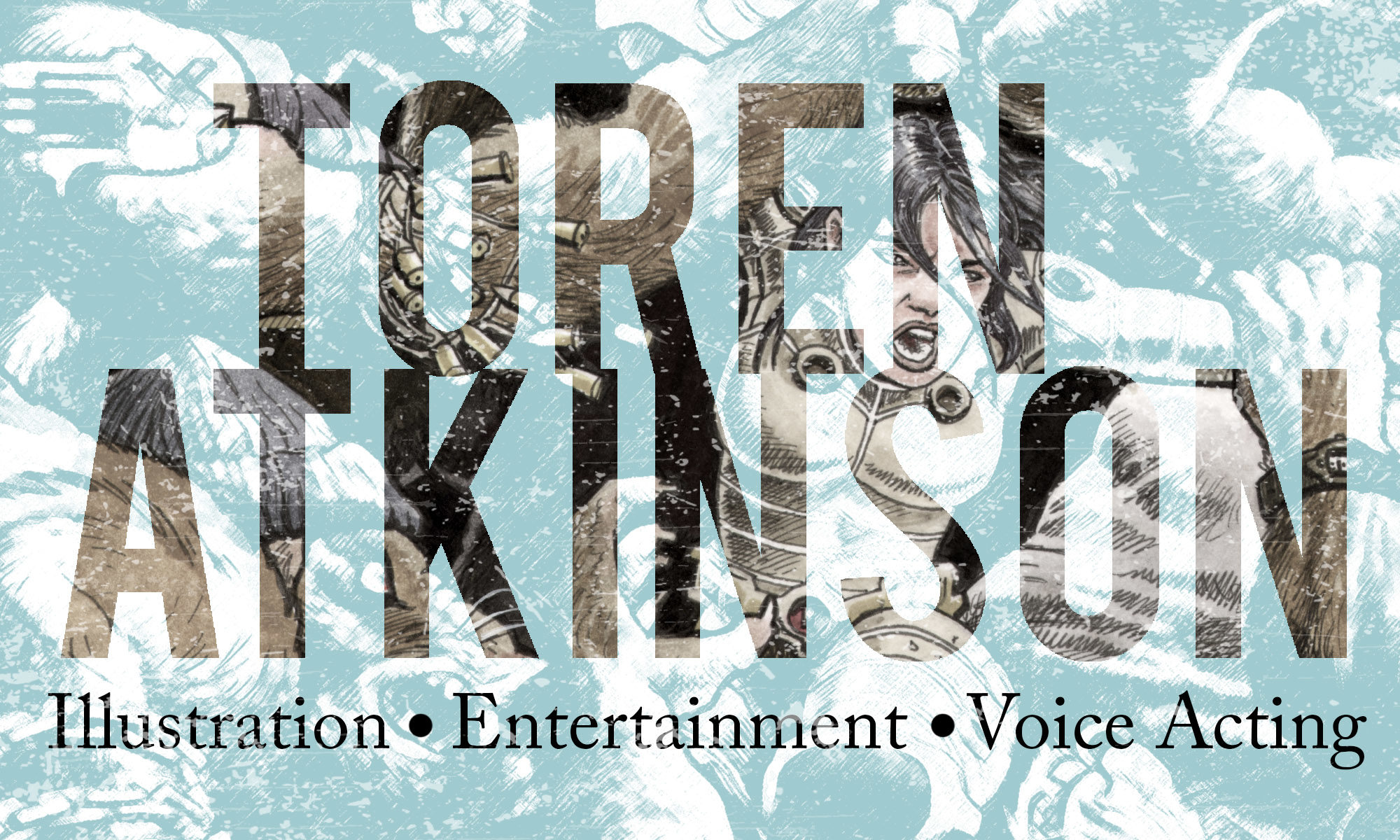In my many aeons of running and playing roleplaying games like D&D, Call of Cthulhu, Spaceship Zero and Ruin Nation, I’ve witnessed and experienced firsthand the trauma and heartbreak of coming up with a name for a character. As a GM and a player, it’s important for me to choose names that are (1) memorable, (2) easy to say, and (3) add to the enjoyment of the game. Having the name evoke a feeling or idea that supports what the character is or does is an added bonus.
Things to avoid
Antirule #1: Overly long, or complicated names (it’s okay to have a long full name for the character’s last will and a concise first name or nickname that the other players will use);
Antirule #2: Names that nobody but you are going to remember. Tolkein was infamous for this (Amandil, Adanel, Alatariel, Arvegil, and Anfauglir you say? Got it);
Antirule #3: Racism! Just don’t do it.
Antirule #4: Names that other players are going to twist in a way that infuriates you (unless you’re okay with that);
Antirule #5: Random name generators. These are SO DULL. Although, they could be a good starting point if you have absolutely no idea. In which case, just keep reading;
Remember, there are always exceptions. Sometimes you want a character’s name to rhyme with penis, because that character is a dick.
Put a twist on it!
One starting point is to take an average or well known name and put a twist on it to make it unique. This could be a mundane Western name and zazzing it up (Sarah becomes Sarahi, Christopher becomes Christopheles, Jack becomes Grimjack or Jackalak) or taking a famous character from fiction or mythology and tweaking it (Prometheus becomes Brometheus, Prothemeus or even Antimetheus – although this last one is breaking antirule #1). This can have the advantage of being easy-to-remember for other players (most people are familiar with Red Sonja, so they shouldn’t forget Gold Sonja’s name, especially if your gaming miniature is wearing gold armour).
“On the nose”
Name your character after her physical attributes (Scar; One-Eye; Slouchy, Meatface) or skills (Cookie, Bowyer, Cardsharper, Windjammer).
Translations
This is like the above, using a descriptor as a character name, but to make it a little more exotic you might plug the adjective into a translator and see what comes up. For example, if you want to have a fire wizard, plugging ‘fire’ into google translate comes up with fuego, incendio, zjarr (Albanian), fajro, masunog (Filipino) and Brandstelle (German).
Alliteration Adds Amemorability
Think about it: Peter Parker. Bilbo Baggins. Doctor Doom. J Jonah Jameson. ‘Nuff said!
Add an Epithet
Fortran the Black; Hogmeal Wundersniff the Elder; Richard the Duckhearted; Kilwich the Sunderer; Bob the Great. Udon Haddock the Third.
Here are some more jumping off points…
Place names.
Think Indiana Jones, Hanna Montana and Carmen Sandiego, but better. Load google maps, pick a spot on the planet, zoom in and look at some of the place names. I just zoomed into northern Pakistan and in less than 3 minutes found Mingora, Battagram and Sukai Sar, all of which I’m now going to use, so hands off!
Food, spices and drugs
Think about your favourite (or most hated) foodstuffs. It’s especially fun to name siblings or groups of characters after specific related consumables. For example, you could have in your favourite tavern three halfling serving wenches named Fennel, Anise and Caraway – these are all ingredients in a popular tea blend. A court of nobles could all be named after fancy cheeses (Lord Camembert; Earl Roquefort; Tyrolean Grey; Cherise Chevre; Casu Marzu; Sir Hedwig Havarti) or a trio of hirelings could be dishes you’d find in an Indian restaurant (Palak Paneer, Malai Kofta, Aloo Ghobi).
Gems & Precious Metals.
Amber, Sapphire, Ruby, and Jade are always popular, but there are many other less well known gemstones and minerals such as Alabaster, Beryl, Bismuth, Borax (sounds like a dwarf to me), Cadmium, Celestine, Corundum, Coltan…and I’ve only gone through A-C.
Plants & Animals (and parts thereof)
Got a druid, shaman or ranger? How about Talon, Fangfoot or Greywing to start with? Mammals and birds are a common go-to (Flynn Falconhelm, Nighthawk Emberblade, Tyr Bloodfox, Ursa Windsinger – notice how I dipped into the Latin name for bear) but let us not forget fish, reptiles, and our invertebrate friends! Marlin Smelt, Octus Snakeblade, Coral Greentooth, Snails McPhee, Dargh Brittlestar, and Tarantalus Rex come to mind. For a more feminine angle, flowers and plants work great: Greta Greenleaf, Forsythia Hollyhock, Ivy Monkshood, Lily Snapdragon, Belladonna Nightshade, Fern Azalea are all easy pulls.
Colours
I wouldn’t even mention this, except for the following: Fuchsia, Azure, Cerulean, Sienna, Taupe, Teal, Mauve, Carmine, Celadon, Cerise, Chartreuse, Vermillion, Cinnabar, Magenta, Drab, Ecru, Glaucous, Tawny, Fulvous and of course Aurometalsaurus. See also epithets above.
Thanks to Jay H, Andrew B, and all the other nerds on Facebook for your help!


